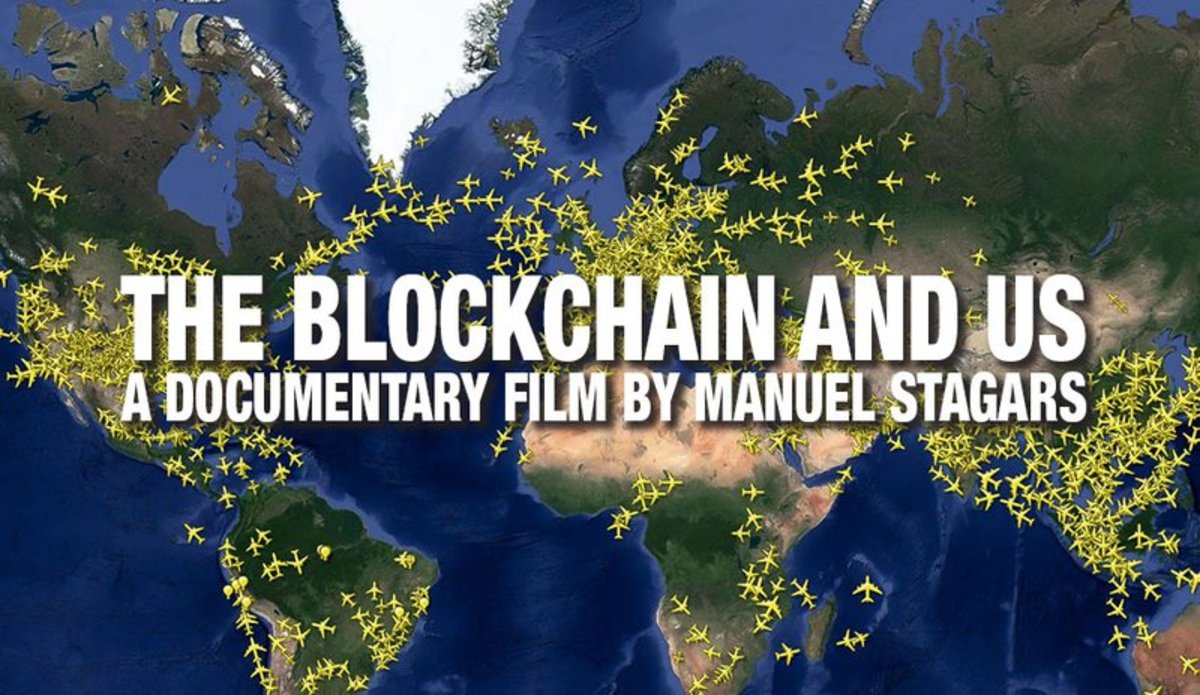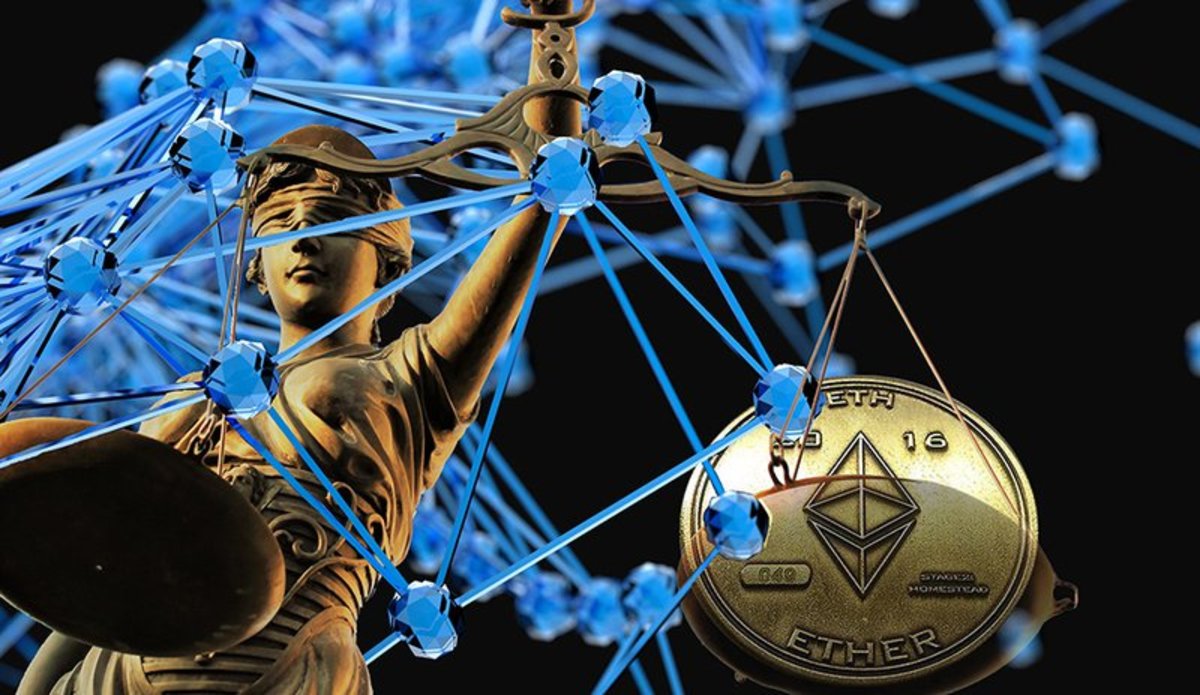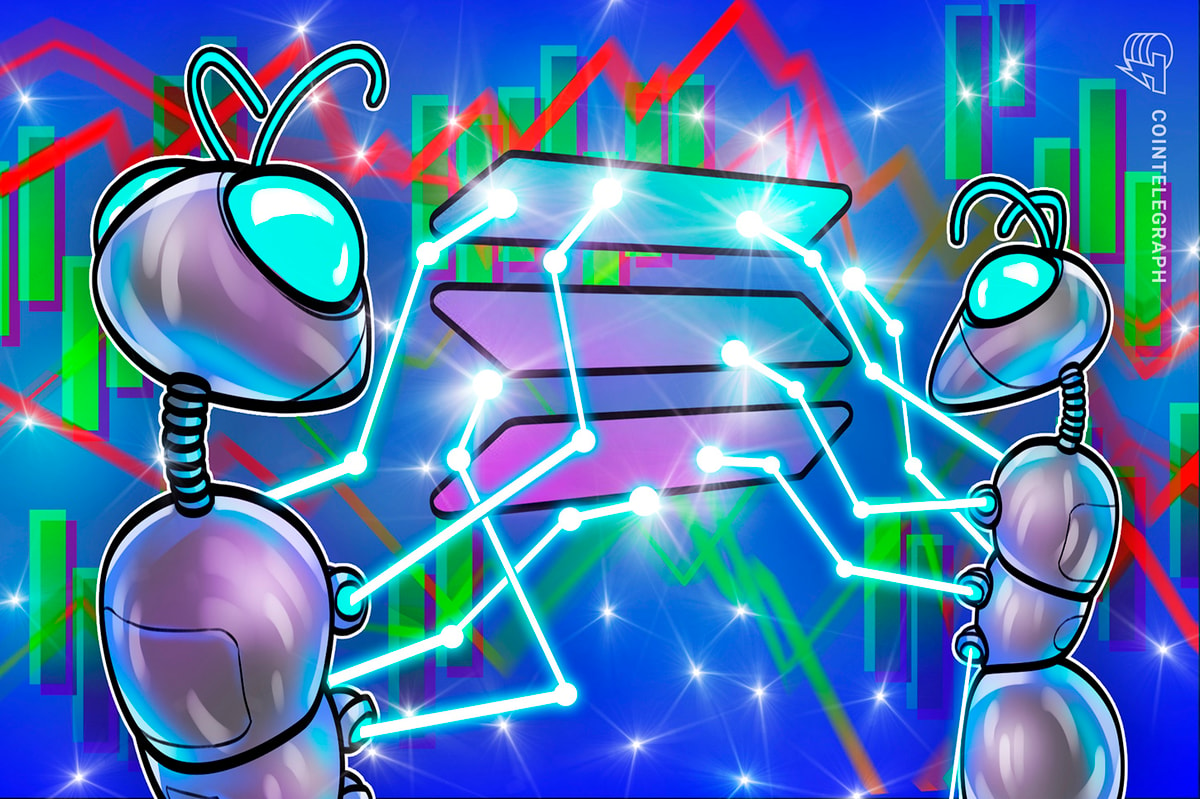
Distributed systems have been around since the 1970s, and yet, it is only now that distributed ledgers are gaining widespread attention because of blockchain technology. While many may think it’s a long way from mainstream adoption, others are of the opinion that Bitcoin’s distributed ledger could change the world as we know it.
Delving into how the blockchain ecosystem can shape our future is Swiss-born economist and filmmaker Manuel Stagars, who filmed the recently streamed eight-part documentary "The Blockchain and Us." In conversations with blockchain experts, scientists, entrepreneurs, corporate decision makers, politicians, investors and others from around the world, Stagars takes the viewer on a journey, portraying the technology away from the hype, making it accessible and starting a conversation about its potential.
Stagars, who has published books and scientific articles on startups, marketplace lending, impact investing, data quality and Open Data, opens his film referencing the Wright Brothers and how they invented the airplane in 1903. Nearly 115 years ago, it was hard to imagine that today there would be over 500,000 people traveling by air at any one time to various destinations. Fast-forward to 2008 when Satoshi Nakamoto invented Bitcoin and blockchain technology. For the first time, this inventor made it possible to send and receive money anywhere in the world without the involvement of banks or middlemen.
“Just like the Wright Brothers, [Satoshi] solved an unsolvable problem,” said Stagars. “Despite its mysterious beginnings, the blockchain might be the aeroplane of our time.”
In the first 40 years of the internet we have seen social media, email, online shopping, cloud computing, mobile applications, the Internet of Things, Big Data and Open Data. It’s almost impossible for an individual to get through a day without some form of information technology, and yet while this is the case, the internet still lacks one component: trust. Blockchain technology solves this issue.
Speaking toBitcoin Magazine, Stagars said that he thinks the blockchain is one of those technologies that has the potential to transform industries, governments, and the way we live together in the future, much faster than we can imagine.
“We’re in the early stages, and there will be some trial and error until we see the real long-term impacts,” he said. “This is part of this bigger movement of ‘digital transformation,’ where processes in general become decentralized and democratized with new and unexpected business models emerging.”
He added that, while this could be the main challenge, it’s also the main opportunity of the next decades, maybe even of our lives.
Of course, while blockchain technology is being touted as a game changer, the financial sector doesn’t appear to be as enthusiastic about its potential. A report in March from PricewaterhouseCoopers (PwC) found that only 25 percent of surveyed executives believe that the technology will impact their business models within the next two years.
However, while banks are turning their attention to blockchain technology, Caitlin Long, chairman of the board and president of Symbiont, states in the film that banks aren’t going to rush out and do anything reckless with people’s money with the technology.
“I think it’s going to take a long time for [blockchain technology] to weave its way into the system,” she said. “But, I think within 20 years the financial services will be just software, and the smart contracts technology, in particular, is going to automate a lot of things that institutions and people handle today.”
However, while the financial services industry may have been the first sector to consider blockchain technology, it also has wider applications in other industries and is already helping to change many societies, including the unbanked population.
According to the World Bank, there are two billion unbanked people around the world. Countries such as the U.S. also have a high percentage of unbanked people.
“In the U.S., one of the wealthiest countries in the world, about 50 percent of the population doesn’t have access to basic financial services, including bank accounts,” Perianne Boring, founder and president of the Chamber of Digital Commerce, said in another interview segment.
Through blockchain technology, disenfranchised people are enjoying what so many of us take for granted: money that can be sent from and received in an account.
Even though the documentary provides no explanation of the technology, the conversations throughout deliver an optimistic and meaningful approach to the future of blockchain technology and how it can improve the lives of everyone.
“There’s so much innovation that blockchain technology has spurred all throughout the world, and I have no doubt in my mind that this technology is going to affect everybody,” concluded Boring. “I would say in ten, twenty years’ time, there won’t be a human being whose life is not impacted by this technology.”
Image (c) Manuel Stagars, "The Blockchain and Us," www.blockchain-documentary.com










